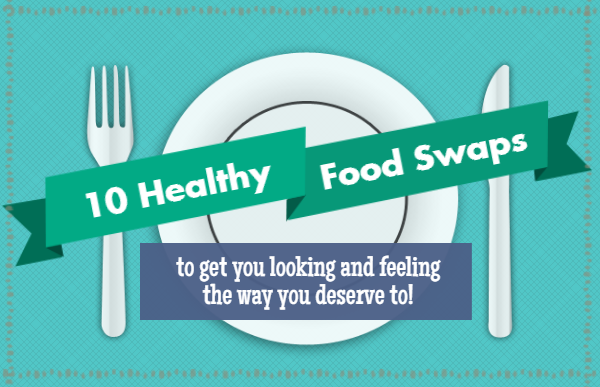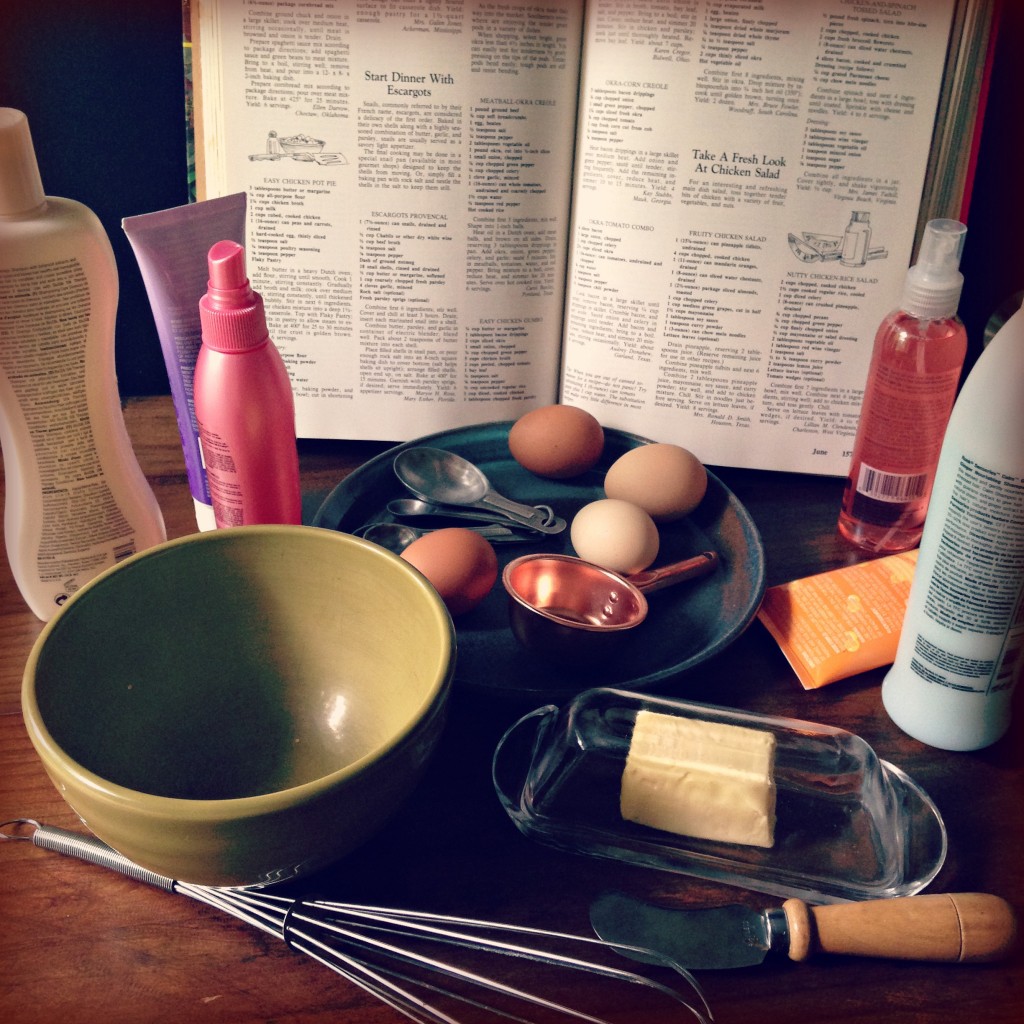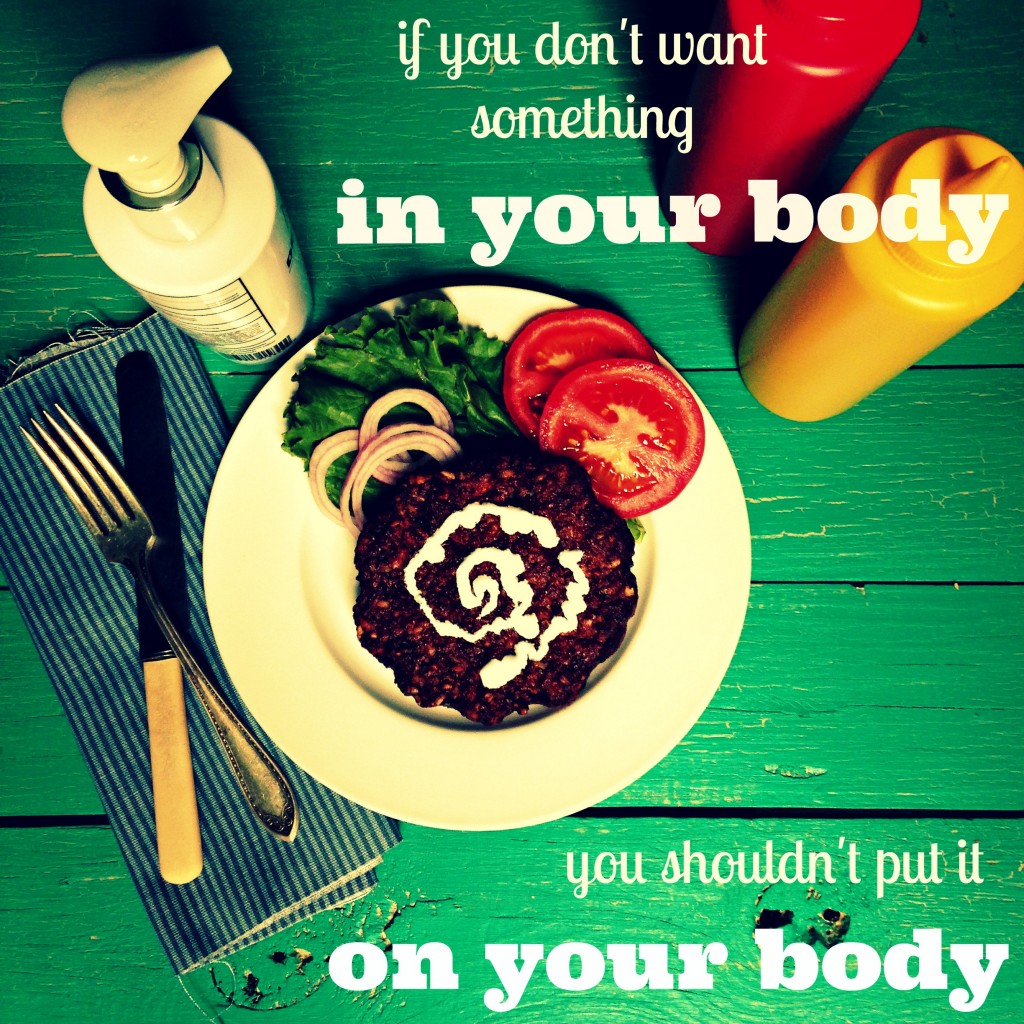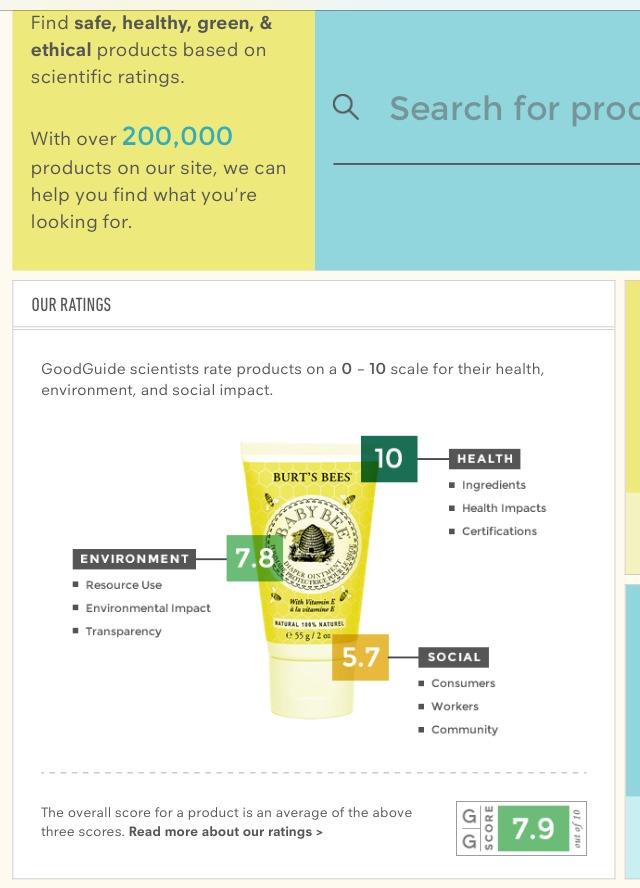Would You Eat Your Personal Care Products?
If you’ve ever traveled with a woman, you probably are aware (perhaps astounded) by the amount of personal care products we consider crucial for daily use. Women spend over $426 billion a year on beauty products, but we rarely stop and think about what we’re actually slathering across our bodies each morning.
Should we rethink our skin’s diet?
Many women, especially those concerned with their looks, keep a vigilant watch over what makes it onto their plates each day. While many of us are (rightfully) critical of what goes into our bodies, most of us rarely give a second thought to what we are putting on the outside. But the skin is not an impermeable shield that we once thought it to be. It is actually the largest organ in the human body- it just happens to come in direct contact with the outside world each day.
We are aware that toxins are capable of being released from our birthday suits (although we try to deny this process through the use of antiperspirants), but the skin is actually quite effective at absorbing as well. Absorption through the skin is just one of the ways our bodies can take in substances, along with ingestion, inhalation, and injection. The skin’s incredible ability to suck up chemicals it comes in contact with has not been lost on pharmaceutical companies looking to sell testosterone creams, nicotine patches, and transdermal birth control medication. Often times, a medication is actually more effective when applied topically, as opposed to being ingested.
“Some ingested drugs are heavily metabolized by the liver and may be inactivated, but using a dermal application bypasses this metabolism step allowing more parent compound to enter the peripheral circulation” (source: Wikipedia)
Free Admission
If harmful chemicals (such as pesticides) happen to make their way onto our fork, our digestive systems have multiple security levels they must then get past. Enzymes in saliva, and acid within the stomach are at the frontline, breaking down whatever they come in contact with. Substances must then pass through the liver and kidneys to be further scrutinized for admission into our bodies. This filtration system is bypassed, however, when certain substances come in contact with the skin, where they are free to directly enter our bloodstream and body tissues.
As intelligent creatures we will instinctively avoid allowing our skin to come in contact with some substances; gasoline, bleach, Drano… But we are all the while unknowingly applying copious amounts of chemicals each day to our skin in the name of beauty.
There are hundreds of chemicals present in personal care products, many of them whose safety is questionable, and dozens that have been classified by the Environmental Working Group as carcinogens, neurotoxins, and endocrine disruptors. In fact, it has been estimated that 5 lbs of chemicals are absorbed each year by the body through makeup alone! What is scarier than that, even, is that some of the worst offenders are found in baby products.
Tighten your surveillance system
If you are an avid inspector of food labels (and even if you’re not) it would be wise to be even more attentive to the ingredients within those dozens of tubes, creams, and spray bottles stuffed inside your bathroom cabinets. As a general rule of thumb, the more ingredients listed, the more you should question the safety of the product. Unlike food, which demands strict labeling from the government, beauty care products are not required to comply with many safety standards at all. Repeated exposure to chemicals in products that we use on a daily basis builds up in our system, and can interfere with our bodies’ normal detox capabilities.
That’s a lot of bottles.
An entire overhaul of your beauty collection can be overwhelming, but just like when transitioning to a new way of eating, baby steps are a good place to start. There are helpful sites dedicated to informing consumers about chemicals present in the products we use every day. EWG.org is a good place to start when you’re trying to educate yourself, and goodguide.com is an awesome resource that actually allows you to search for specific brands and products and see how they rank based on health, environment, and social scores (they even have an app!).
You can also save tons of money and your peace of mind by making your own products from a handful of ingredients you can be sure are safe. Katie from Wellnessmama has some awesome lotion alternatives, and Lauren from EmpoweredSustenance has natural hair care down to an art. You can also read a lot more about green beauty in Sophie Uliano’s book, Gorgeously Green.






Leave a Reply